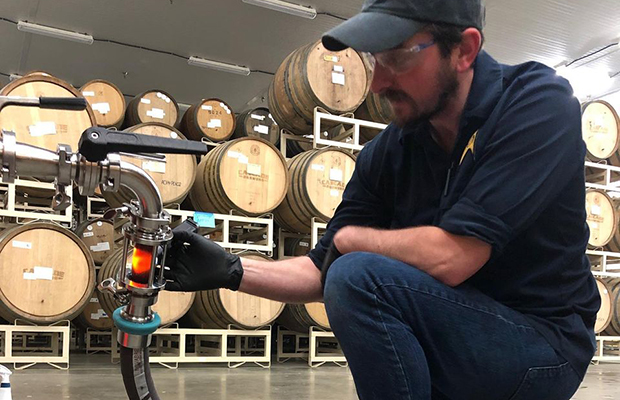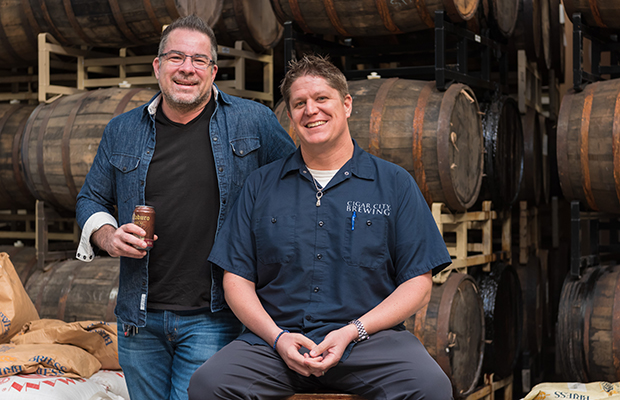
Many times, just getting the liquid to a beer buyer’s lips is enough to open their eyes is the philosophy employed by Tiffany Rogers, who is the Director of Sales for New York’s Empire Brewing when asked about how her company approaches new clientele like smaller bars or retail accounts that are still new to the craft beer industry.
“Just because an account doesn’t have a large amount of tap handles or huge libraries of 6-packs, it does not mean that one should have a bleak outlook for sales,” she said. “These are the accounts where, once educated, one often finds loyal supporters of a brand for life.”
A brewery’s sales representative may be the first sales person to pay attention to them, and they can respond with great appreciation that you stopped by, she noted. However, don’t always be prepared for a warm reception.
“This is where we need to look toward really working for that sale,” she said. “Your sales representative will need to explain the financial benefits of carrying craft, encourage signage to alert customers of the new offering, provide support to the account by educating their bartenders and servers, and — of course — bring ice cold samples.”
An example Rogers used is the brewery’s three-time GABF gold medal-winning Kolsch. She said when working with newer accounts that are still in the educating phase of craft beer that the talk should be tailored to the customer.
“When selling to a less craft-savvy buyer, don’t make it complicated,” she said. “When presenting [the Kolsch] to this type of buyer, I would not lead by throwing out the word Kolsch, although it’s becoming increasingly popular in the craft market … not all buyers are familiar with this style.
“By presenting unfamiliar terms, you risk alienating the buyer. Instead, I would mention what beers it is similar to, describe the flavor profile and the customer it appeals to, and let them try it.”
With an active craft establishment, a sales rep may not need to spend a great deal of time explaining the benefits of carrying craft or the differences between widely accepted styles. Instead, they will need to focus on why this particular beer is a good fit for the account. Especially when it comes to new seasonals, limited offerings, great sellers or the like.
“Find out from the buyer what sells well for them, and cater the approach based upon that,” she said.






Be the first to comment